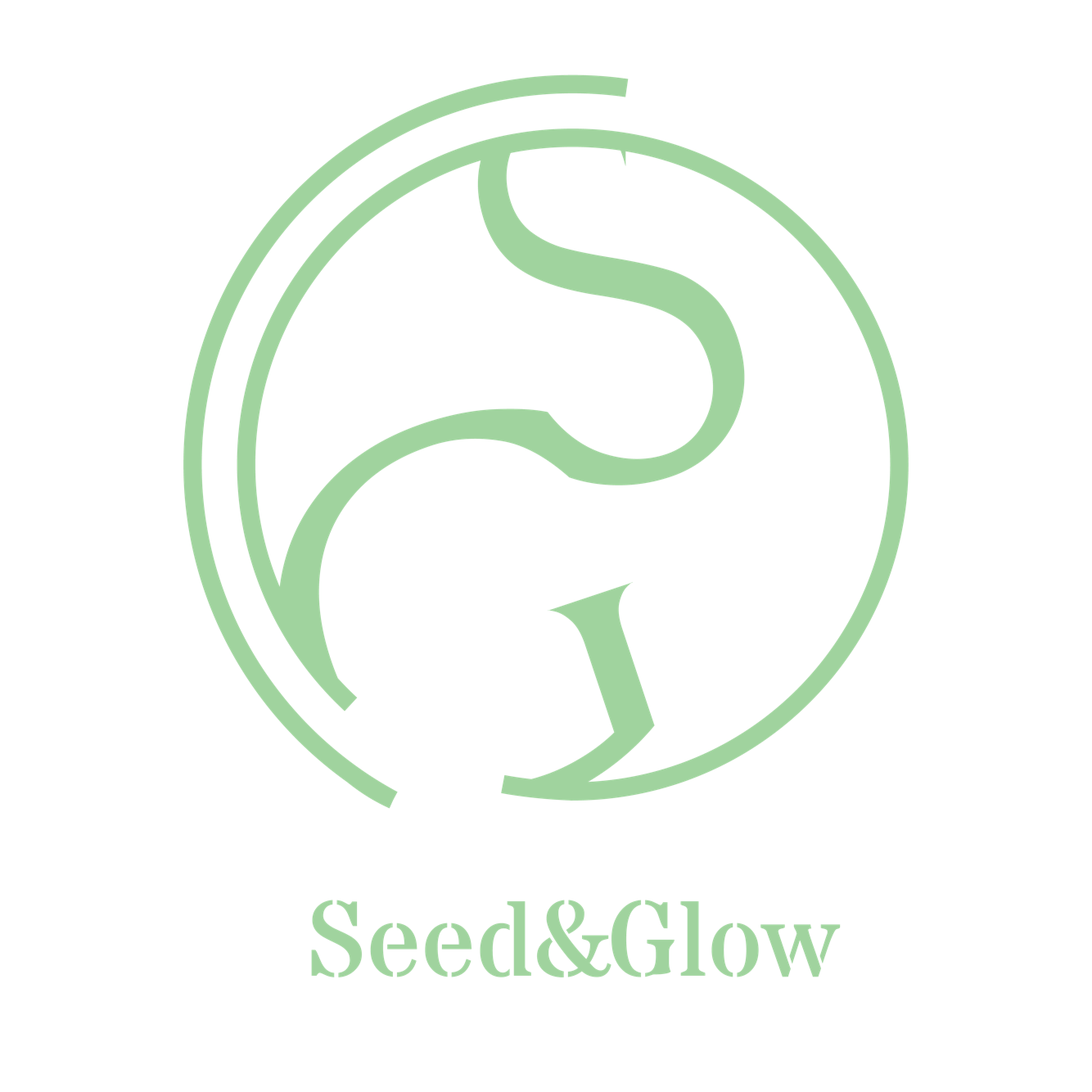Lets talk about smells!
Smell is one of our most powerful senses. Think back to your childhood for a memory and it is probably has associations with aroma. It could be your Mum’s baking, the smell of flowers in the garden, sometimes those unpleasant smells as well. In 2020 the global luxury fragrance alone earned more than $12 billion US. By 2024 the natural fragrance market is expect to reach $20.8 billion. It is natural that while we want the products we use on our face and body to be functional and deliver on their promises we also generally want them to smell great as well
There are many ways to scent products, some synthetic and some natural. The most common natural fragrance that comes to mind for most people would be essential oils with their concentrated and sometimes therapeutic properties. Essential oils needs to be used wisely, understanding and respecting their properties and dermal limits. If you are interested in learning about using essential oils safely please visit here.
I used to always use essential oils for fragrancing my formulations and still use them widely. I have come to learn however that you can more depth in your formulations when you harness other natural methods as I did in a Body butter. This mango butter (which sadly doesn’t smell like mangoes - I wish!) was scented in three different ways giving a complex, yet gentle aroma.
My own brief for making this body butter was an aromatic body butter with floral/herbal aromatic tones.
Scent method 1 - floral wax
Jasmine Floral wax - Floral waxes are made when flowers like jasmine, rose and other are made into absolutes and their fragrance is extracted by using a solvent. During the process a wax or concrete is left behind - the floral wax. Floral waxes have an intense aroma and only need to be used in small percentages to beautifully fragrance the lipids in your formula. Jasmine floral wax - (INCI asminum Grandiflorum)
Scent method 2 - infused oils
Infused oils or macerations are steeping botanical into a lipids using different methods. Some methods are what is called a solar method - simply putting the herbs into a carrier oil and infusing, sometimes using the sun to create a gentle heat. There is also putting herbs into a carrier oil/lipid and using heat to extract the properties and aromas into the oil. Another method is the alcohol intermediary method which is first blending the herbs with a high proof alcohol, allowing to steep overnight and then over a period of a few days blending the mix with the oil until straining and bottling. Infusing oils extracts the oil soluble properties into the oil giving both the health benefits and the aroma of the botanical. Some methods and herbs give a more intense aroma than others. For this body butter I infused meadowsweet into sunflower. Meadowsweet has historically long been used to both flavour and scent food and herbal preparations. Meadowsweet like its name has a sweet, herbal aroma similar to elderflower with an almond like undertone. It is one of my favourite herbs and I also like it simple infused and used straight as a body oil.
Meadowsweet
Scent method 3 - essential oil
The traditional way most people are familiar with scenting products is in the use of essential oils. Essential oils are highly concentrated and give off intense aromas to products. The benefit of scenting with essential oils is that they can also give other benefits to your skin and psyche - they can be soothing, stimulating, refreshing…. To fit the floral/herbal profile of the finished body butter I used German Chamomile essential oil.
The result a beautiful soft and fragranced body butter. The beautiful smells of nature in a multilayered fragrance profile. I will be watching the stability of this body butter and if it holds up will post it up here. Watch this space!
How do you fragrance your products - what’s your favourite method?


